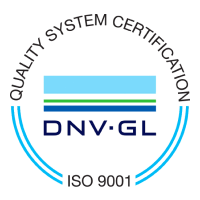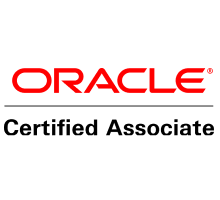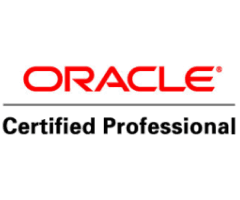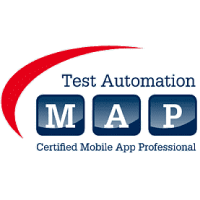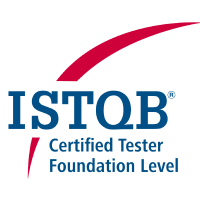Córdoba
Oops! We hid the map because we care about your data privacy. When entering our website, you declined our cookies. It's all right! But it means our website's connection to Google Maps has been blocked for your session. If you want to load the map, please accept our cookies policy.
IncluIT becomes Avenga: Global Capabilities, Local Partnership
Having become a part of Avenga, we have entered a new chapter in IncluIT’s history – the one of being a global tech power behind our partners’ business endeavors, behind the success of our clients. Avenga LATAM is now a software company running operations across the globe while preserving its local identity.

Rafael Ibanez
Managing Director, Sales, Avenga LATAM
or
Start a conversation
We’d like to hear from you. Use the contact form below and we’ll get back to you shortly.

